Unshelled walnuts, also known as “in-shell” walnuts, refer to walnuts that haven’t been cracked open to remove the hard outer shell. Understanding the weight of unshelled walnuts is essential for both consumers and the walnut industry. In this article, we will explore the importance of unshelled walnut weight, factors that affect its variation, and its significance in various contexts. 1. Defining Unshelled Walnut Weight: Unshelled walnut weight is a measurement that refers to the total weight of a walnut, including the outer shell. It is commonly expressed in grams or ounces. This weight is crucial for determining the cost, pricing, packaging, and logistics associated with walnuts. 2. Factors Affecting Unshelled Walnut Weight: Several factors contribute to the variation in unshelled walnut weight, including: a) Walnut Variety: Different walnut varieties have varying shell thickness and kernel size, resulting in different unshelled walnut weights. Common varieties include the English Walnut, the Black Walnut, and the Persian Walnut. b) Growing Conditions: Environmental factors such as soil composition, temperature, sunlight exposure, and water availability influence walnut growth. These conditions can impact walnut development and subsequently impact the weight of unshelled walnuts. c) Tree Health and Nutrient Availability: A healthy walnut tree, provided with appropriate nutrients, is more likely to produce larger walnuts.
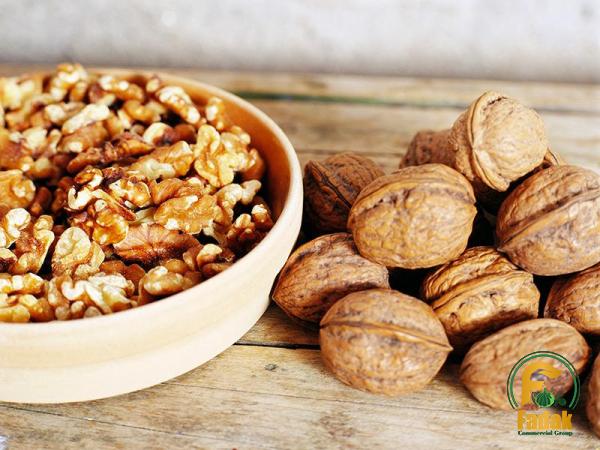
nut
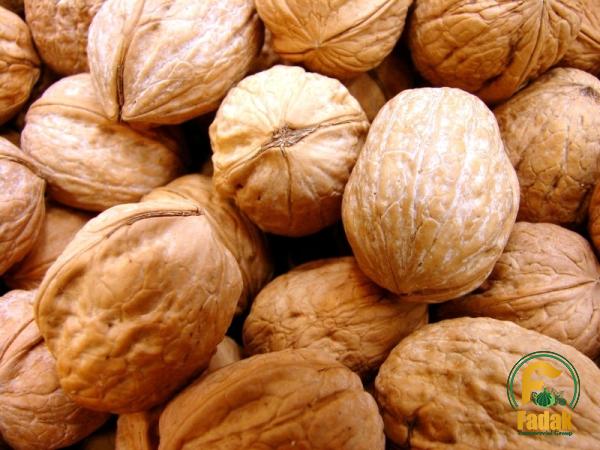 The overall health and vitality of the tree impact the size and weight of the walnuts it produces. d) Harvest Timing: The timing of the walnut harvest is critical as walnuts need to reach optimal maturity before being picked. Harvesting too early may result in smaller and lighter walnuts. 3. Importance of Unshelled Walnut Weight: a) Consumer Perspective: For consumers, unshelled walnut weight plays a vital role in determining value for money. Although purchasing unshelled walnuts may seem less convenient, the weight of the shell is an essential factor in evaluating the overall quantity of edible walnut kernels they will receive. Understanding the weight helps consumers compare prices and make informed choices to ensure they receive the desired amount of walnut kernels. b) Packaging and Selling: For businesses in the walnut industry, determining the weight of unshelled walnuts is crucial for packaging and selling purposes. Both wholesale and retail packaging must accurately represent the weight of the unshelled walnuts to avoid misrepresenting the product to customers. Accurate packaging ensures that customers know the quantity they are purchasing, allowing them to make informed decisions based on their needs and preferences.
The overall health and vitality of the tree impact the size and weight of the walnuts it produces. d) Harvest Timing: The timing of the walnut harvest is critical as walnuts need to reach optimal maturity before being picked. Harvesting too early may result in smaller and lighter walnuts. 3. Importance of Unshelled Walnut Weight: a) Consumer Perspective: For consumers, unshelled walnut weight plays a vital role in determining value for money. Although purchasing unshelled walnuts may seem less convenient, the weight of the shell is an essential factor in evaluating the overall quantity of edible walnut kernels they will receive. Understanding the weight helps consumers compare prices and make informed choices to ensure they receive the desired amount of walnut kernels. b) Packaging and Selling: For businesses in the walnut industry, determining the weight of unshelled walnuts is crucial for packaging and selling purposes. Both wholesale and retail packaging must accurately represent the weight of the unshelled walnuts to avoid misrepresenting the product to customers. Accurate packaging ensures that customers know the quantity they are purchasing, allowing them to make informed decisions based on their needs and preferences.
Specifications of nut
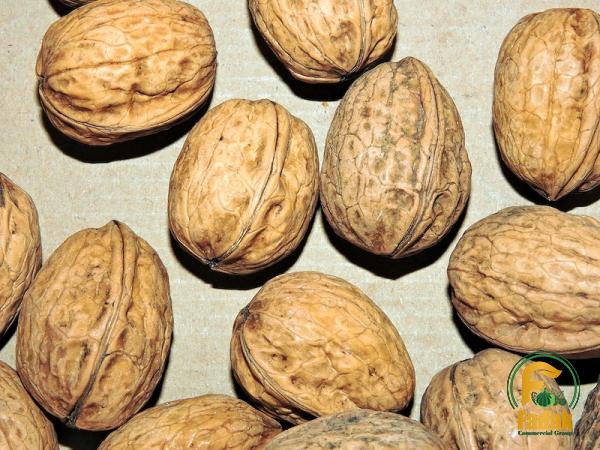 c) Trade and Export: The weight of unshelled walnuts also has implications for international trade and export. Accurate weight measurements are necessary to conform to trade regulations, shipping calculations, and international quality control standards. Standardized weights help maintain consistency and streamline logistics throughout the export process, ensuring fair and transparent trade practices. d) Walnut Processing Industry: The unshelled walnut weight is a significant factor in the walnut processing industry. Since the shell needs to be removed to access the edible kernel, the weight of the walnut and its shell determines the optimal efficiency in processing. Accurate weight measurements help the industry devise efficient processing strategies, reducing waste and optimizing the overall production process. 4. Measurement Techniques for Unshelled Walnut Weight: Various methods are used to measure unshelled walnut weight, including: a) Weighing Scales: The traditional method of weighing unshelled walnuts involves using calibrated scales.
c) Trade and Export: The weight of unshelled walnuts also has implications for international trade and export. Accurate weight measurements are necessary to conform to trade regulations, shipping calculations, and international quality control standards. Standardized weights help maintain consistency and streamline logistics throughout the export process, ensuring fair and transparent trade practices. d) Walnut Processing Industry: The unshelled walnut weight is a significant factor in the walnut processing industry. Since the shell needs to be removed to access the edible kernel, the weight of the walnut and its shell determines the optimal efficiency in processing. Accurate weight measurements help the industry devise efficient processing strategies, reducing waste and optimizing the overall production process. 4. Measurement Techniques for Unshelled Walnut Weight: Various methods are used to measure unshelled walnut weight, including: a) Weighing Scales: The traditional method of weighing unshelled walnuts involves using calibrated scales.
buy nut
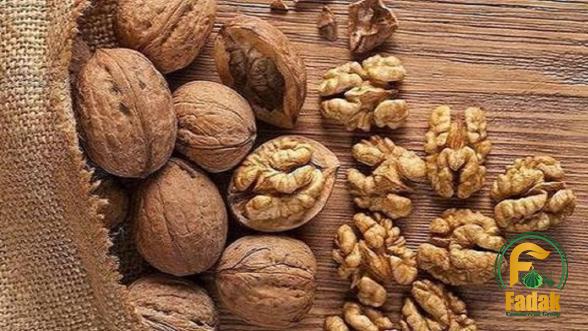 These scales range from small kitchen scales to larger industrial scales capable of handling heavy loads. b) Automated Sorting and Packing Systems: In industrial settings, automated systems equipped with sensors and image recognition technologies are employed to sort and package unshelled walnuts. These systems can accurately measure the weight of the unshelled walnuts in real-time, enabling efficient packaging and distribution. c) Moisture Content Measurement: Besides weight, the moisture content of unshelled walnuts is also relevant, as it can affect the weight during storage and shipping. Moisture content measurement devices that use specialized sensors are utilized to ensure optimal moisture levels, preventing spoilage and maintaining the quality of the walnuts. 5. Consumer Tips and Storage Guidelines: For consumers purchasing unshelled walnuts, it is essential to consider a few factors: a) Pricing and Value: Compare prices based on weight and quality to ensure you are getting value for your money. Consider the weight of the shell and the expected yield of edible walnut kernels. b) Storage: Unshelled walnuts should be stored in a cool, dry place with good ventilation. Unshelled walnuts have a longer shelf life compared to shelled walnuts. c) Shell Removal: Use a nutcracker or other suitable tools to crack open the shell without damaging the kernels. Proper handling prevents reduction in kernel weight and quality. 6. Conclusion: Unshelled walnut weight is a crucial consideration for consumers, the walnut industry, trade, and export. The weight of unshelled walnuts impacts pricing, packaging, processing efficiency, and ensures fair and transparent trade practices. Understanding the factors that affect unshelled walnut weight allows consumers and the industry to make informed decisions and optimize their operations. With accurate measurement techniques and effective storage practices, unshelled walnuts can continue to be enjoyed by consumers worldwide.
These scales range from small kitchen scales to larger industrial scales capable of handling heavy loads. b) Automated Sorting and Packing Systems: In industrial settings, automated systems equipped with sensors and image recognition technologies are employed to sort and package unshelled walnuts. These systems can accurately measure the weight of the unshelled walnuts in real-time, enabling efficient packaging and distribution. c) Moisture Content Measurement: Besides weight, the moisture content of unshelled walnuts is also relevant, as it can affect the weight during storage and shipping. Moisture content measurement devices that use specialized sensors are utilized to ensure optimal moisture levels, preventing spoilage and maintaining the quality of the walnuts. 5. Consumer Tips and Storage Guidelines: For consumers purchasing unshelled walnuts, it is essential to consider a few factors: a) Pricing and Value: Compare prices based on weight and quality to ensure you are getting value for your money. Consider the weight of the shell and the expected yield of edible walnut kernels. b) Storage: Unshelled walnuts should be stored in a cool, dry place with good ventilation. Unshelled walnuts have a longer shelf life compared to shelled walnuts. c) Shell Removal: Use a nutcracker or other suitable tools to crack open the shell without damaging the kernels. Proper handling prevents reduction in kernel weight and quality. 6. Conclusion: Unshelled walnut weight is a crucial consideration for consumers, the walnut industry, trade, and export. The weight of unshelled walnuts impacts pricing, packaging, processing efficiency, and ensures fair and transparent trade practices. Understanding the factors that affect unshelled walnut weight allows consumers and the industry to make informed decisions and optimize their operations. With accurate measurement techniques and effective storage practices, unshelled walnuts can continue to be enjoyed by consumers worldwide.
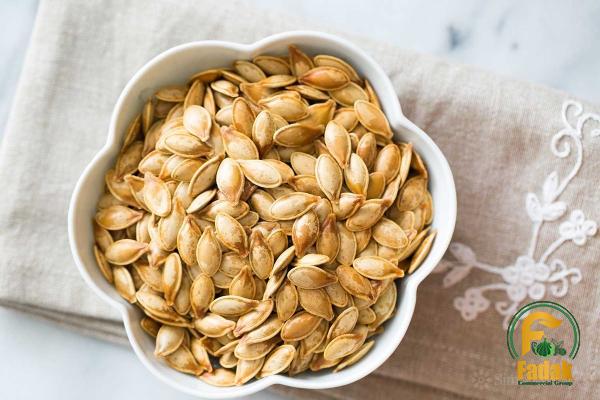
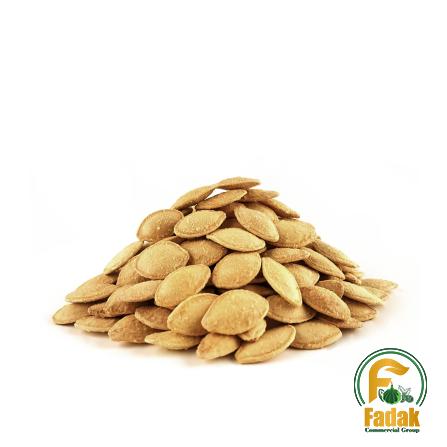

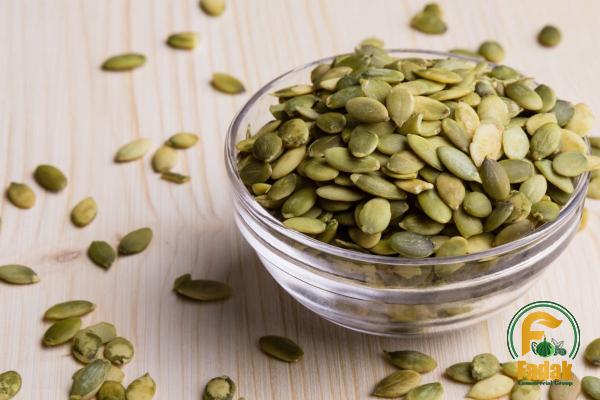
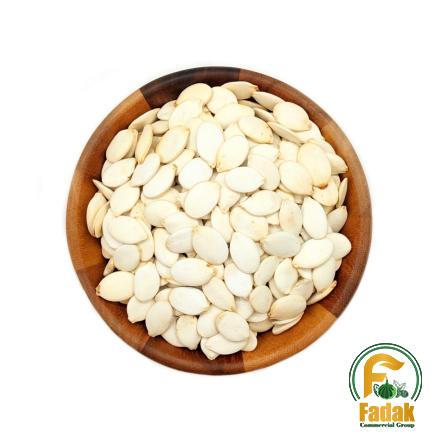
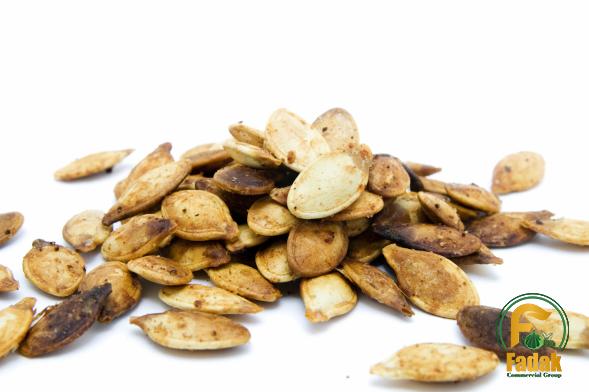
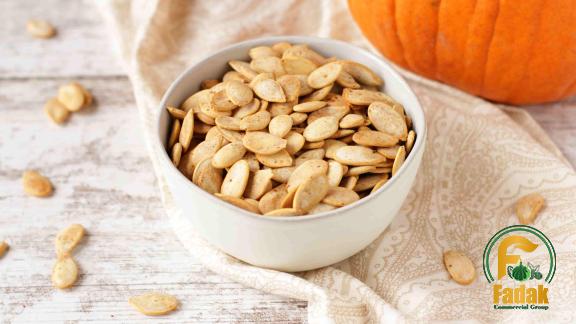
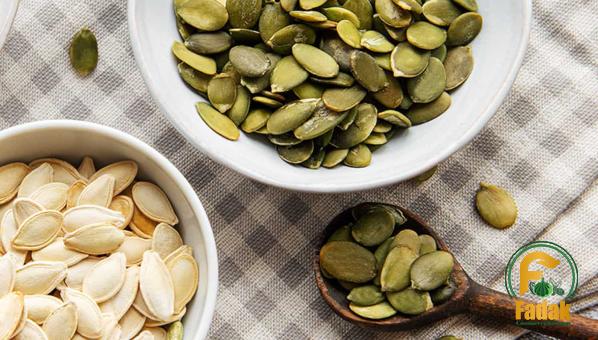

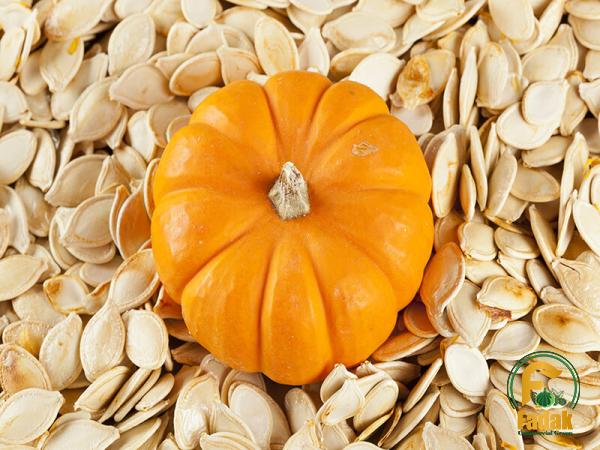
Your comment submitted.